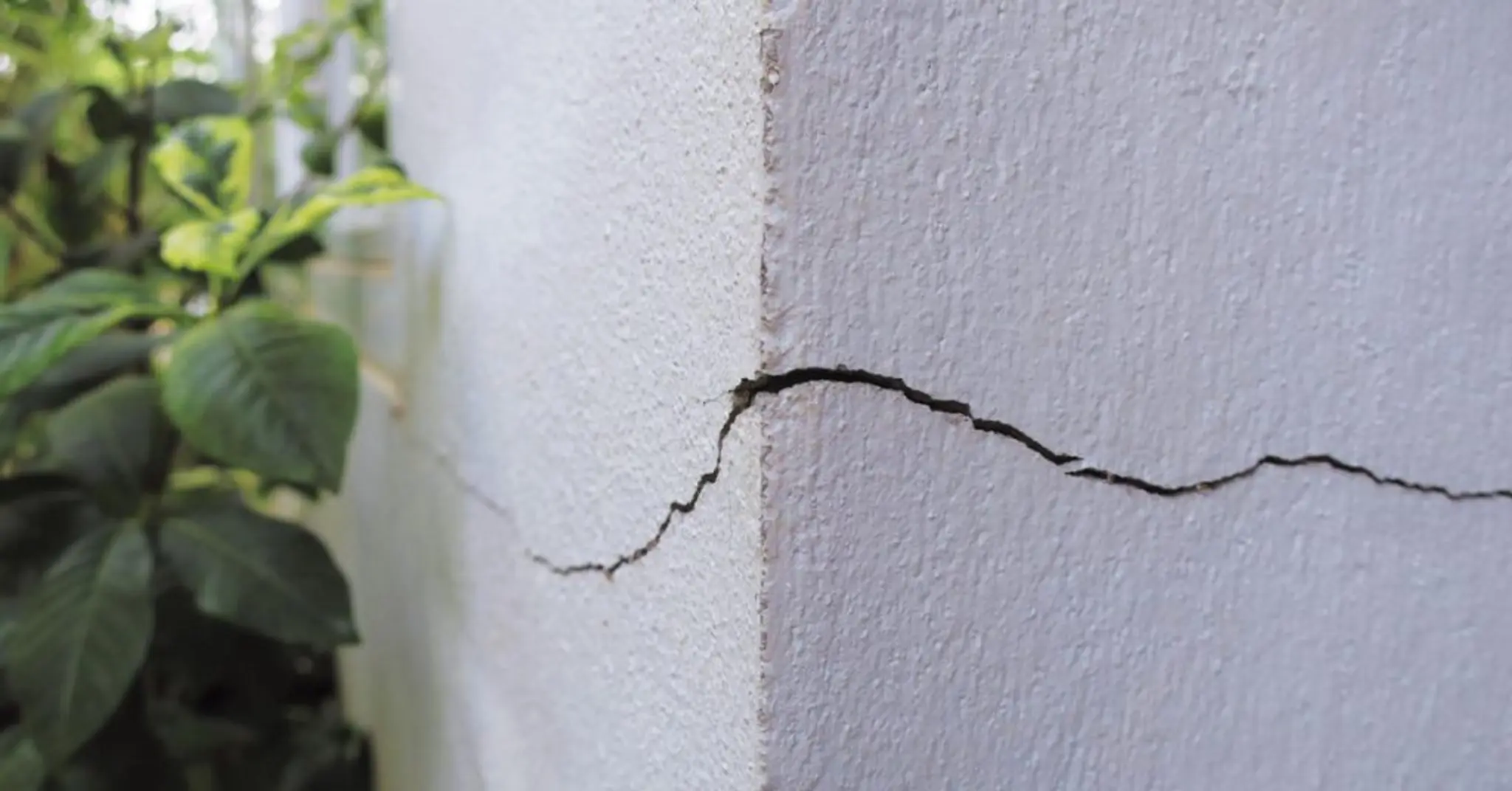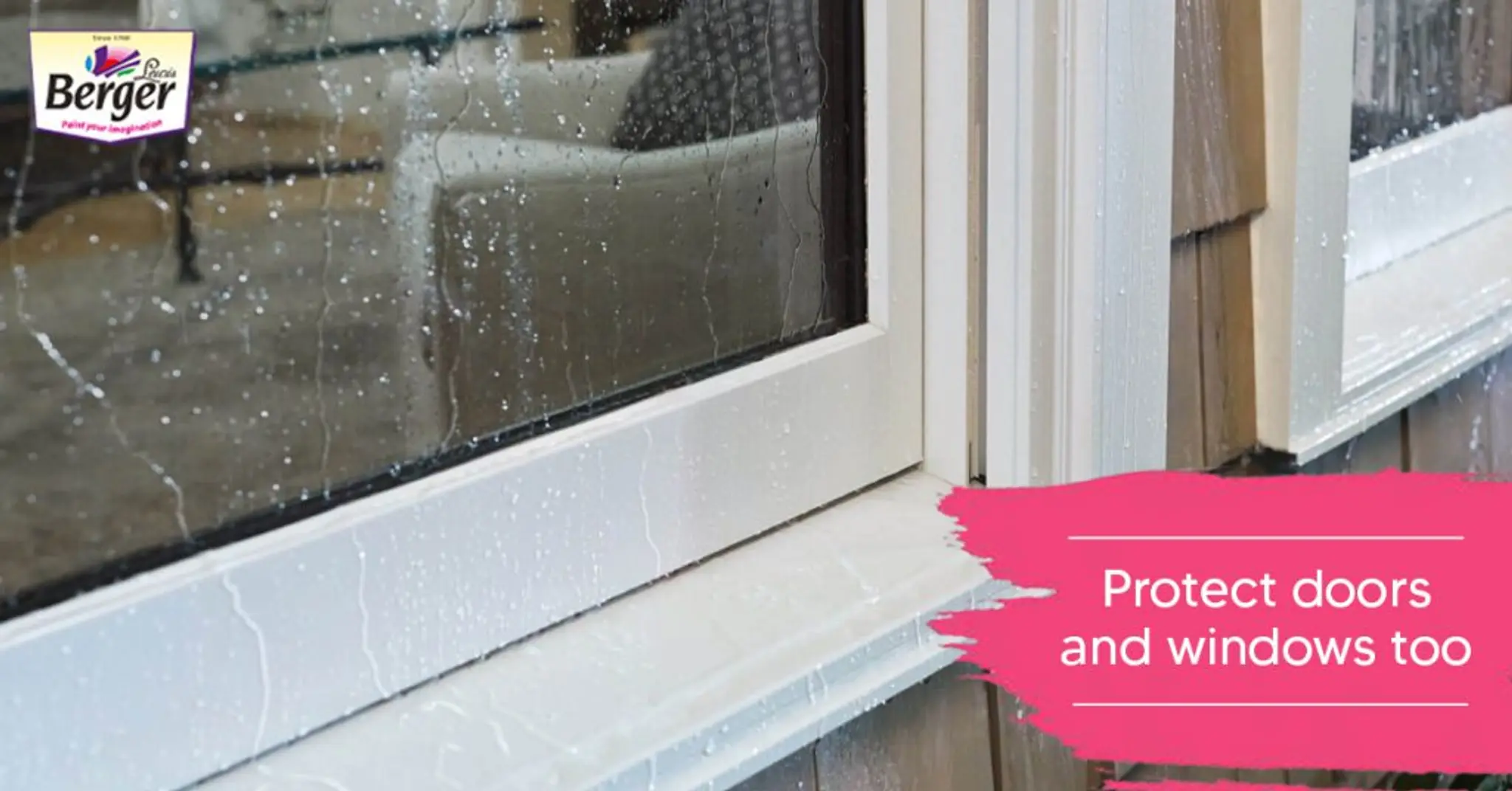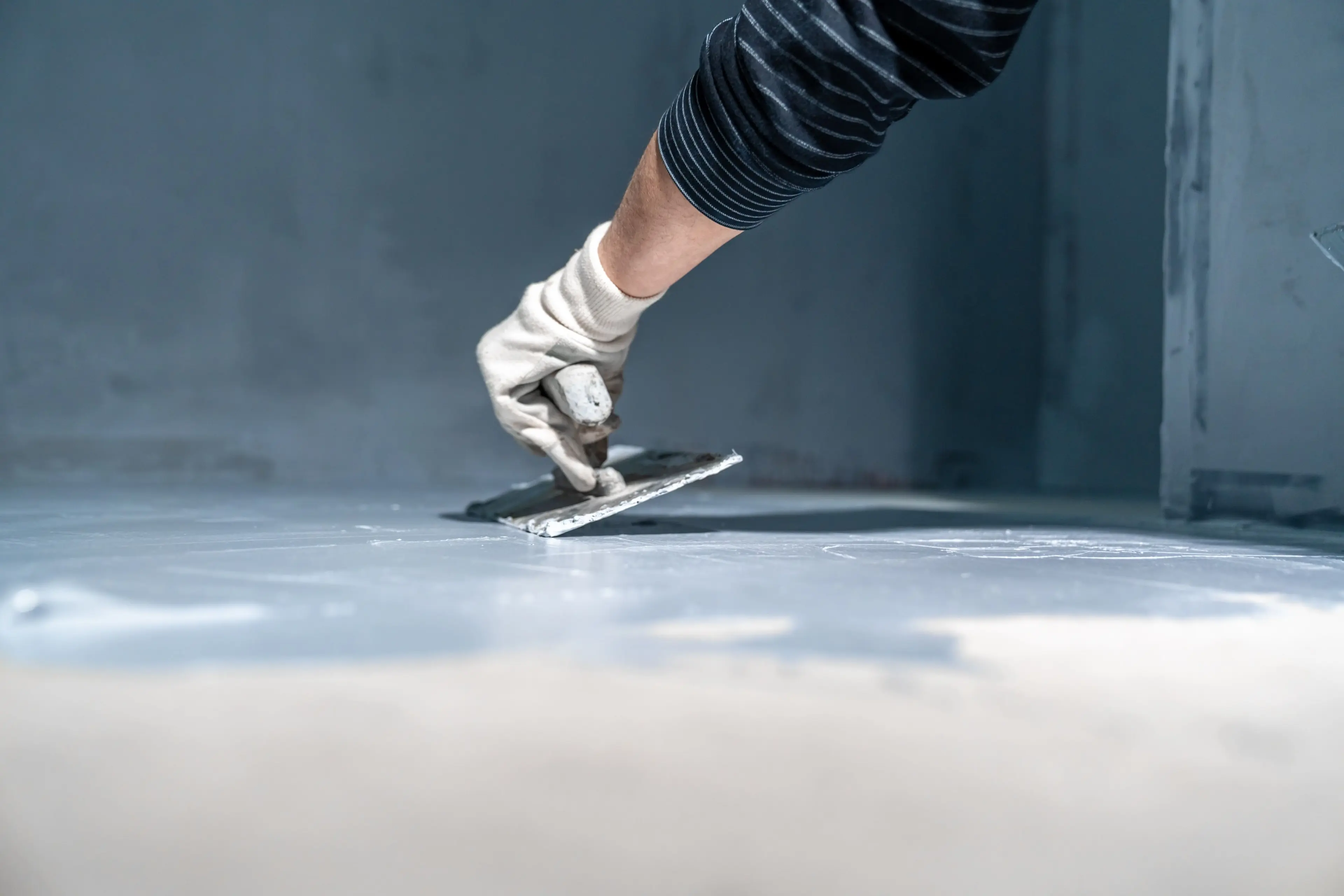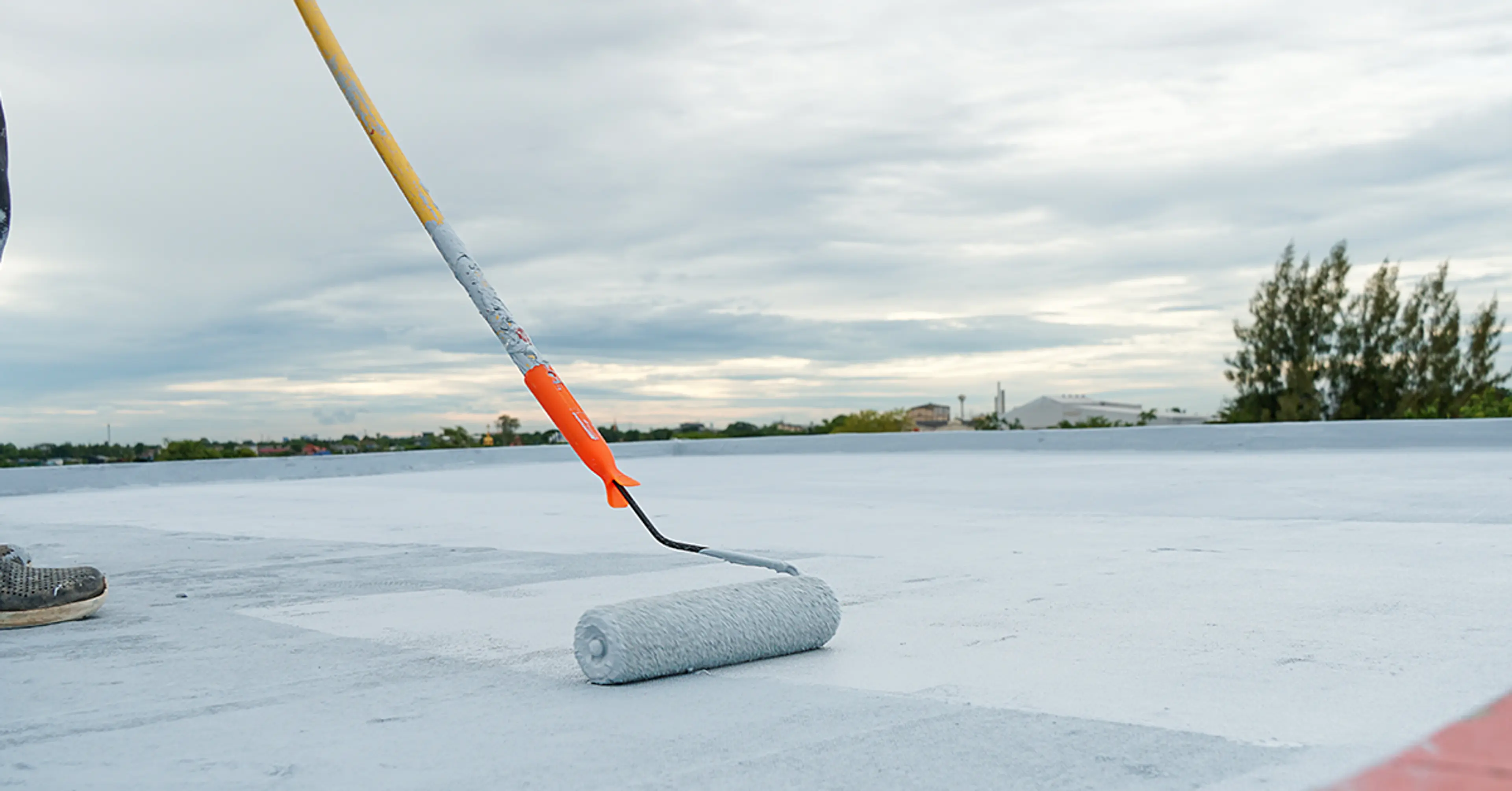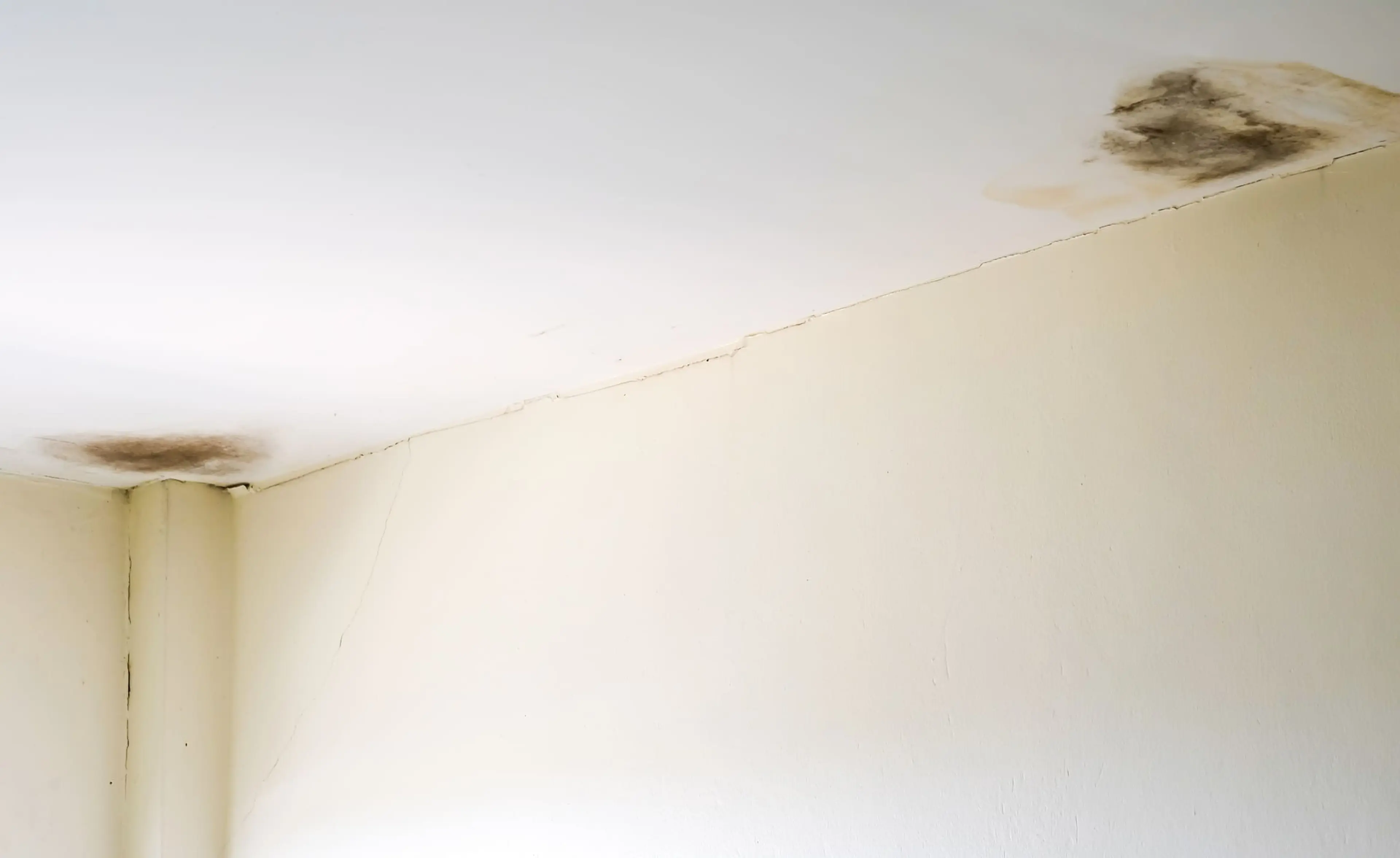How to Protect The Exterior Walls of Your Home During Monsoons?
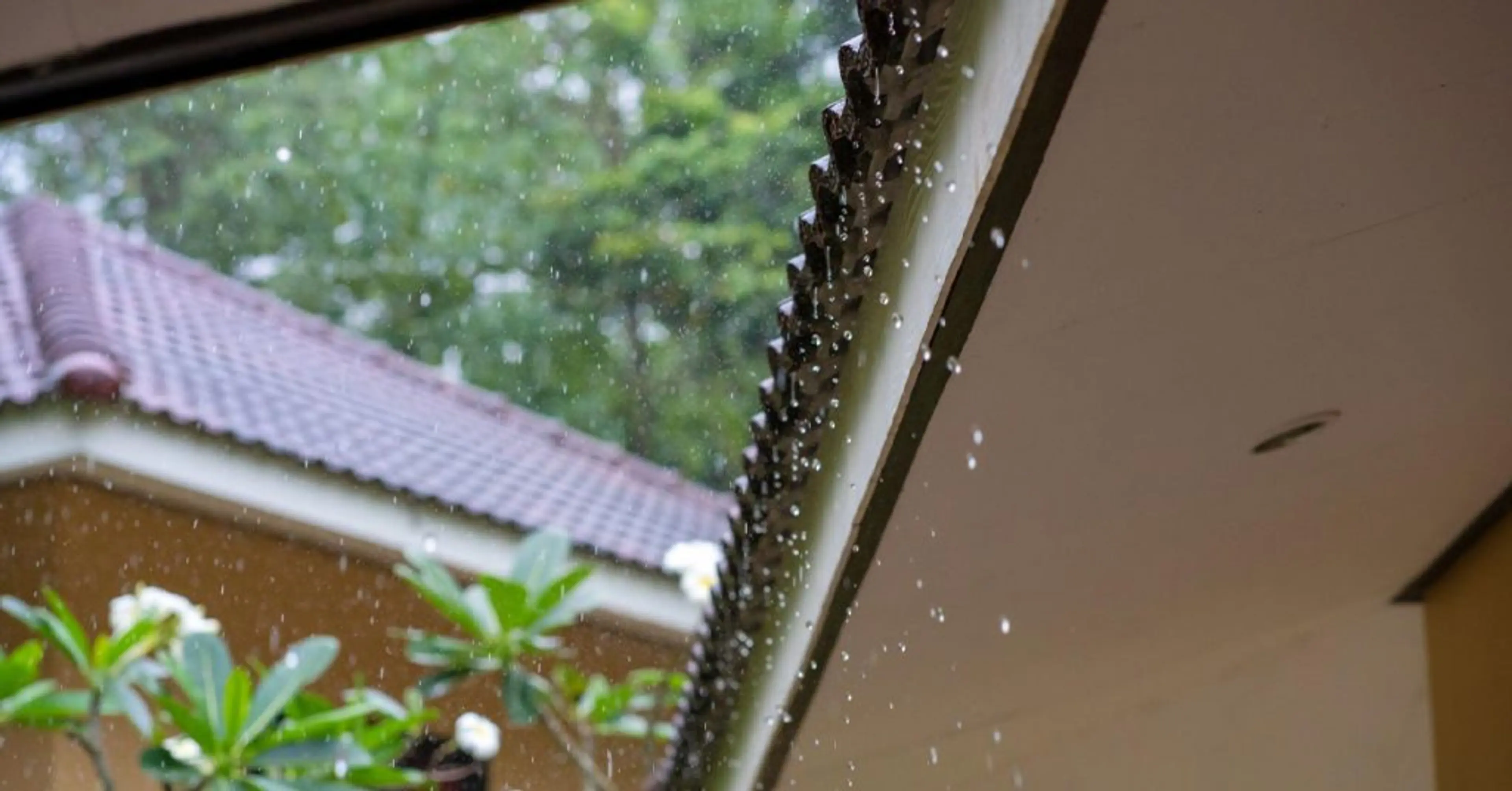
 Mar , 2022
Mar , 2022- Waterproofing
- 5 Min Read
Monsoons bring respite from the scorching heat of peak summers. But they also drench your exteriors, leading to problems like dampness, seepage, and mould formation. One of the best options to avoid your home exteriors from looking unclean is to ensure that they are coated with protective material like waterproof wall paint that can withstand the vagaries of even heavy rainfall.
Enjoy Monsoons Without Worrying About Your Home’s Integrity
Here we talk about some ways in which you can protect the exterior walls of your home through the monsoon season and how to choose the right paint for them.
Check Walls For Faults
The first step in preparing your exterior walls for the monsoons is to examine the surfaces for any kind of faults that result in dampness. Before shopping for the best waterproof paint for exterior walls, it is important to eliminate other reasons for dampness. You need to check for cracks in the bricks, leaking water pipes or any other structural fault before painting the walls. A product like Berger’s Tankshield PW, a slurry mortar consisting of liquid polymer and a cement-based mix including graded aggregates and additives, can be applied over concrete and mortar. This product forms an excellent waterproof and protective semi-rigid layer, thereby preventing infiltration of water.
Protect With Waterproofing
Waterproofing is a must for saving your exterior walls from rain or any kind of seepage resulting from leaking pipes. Negligence in preparing the external structure of your home for the rains can result in structural damage to the house. A very high level of moisture in the exterior walls can also seep into the interior walls. This will not only spoil the look of your interiors, but also result in cracks. Resolve this issue by using a good quality wall primer or a scientifically proven waterproofing paint for exteriors. Choose a waterproofing product that comes with weather resistance and waterproofing abilities. The use of a good quality primer helps you in building a sound base and preparing the walls for painting. For instance, Berger’s Latex Shield 2K forms an excellent waterproof and protective elastomeric layer over the surface to prevent water infiltration. Another option is to choose Berger’s Wall Shield 2k, an acrylic polymer modified white cement-based external wall waterproofing coating that imparts water tightness and ensures good bonding property.
Choose Barrier Coat Before Painting
After the external wall waterproofing has been completed, look for a barrier coat like Dampshield Elasto and then apply good quality paint that is water resistant, ideal for rain protection and can withstand all kinds of weather changes. A waterproof wall paint will ensure that the rainwater or water from any other source does not seep into the bricks and mortar or weaken the walls. You can even choose paint that is eco-friendly and free of harmful chemicals, like lead, mercury, and chromium.
Do Not Ignore The Roof And Cemented Areas
It’s not only the walls that are prone to moisture-driven cracks and damage during the monsoons. Your roof and other areas of your house can also get affected by heavy rain. This makes waterproofing essential as it prevents the penetration of water deeper into the inner surfaces. Use products like Berger’s PU RoofKoat, an eco-friendly waterproofing compound that forms a highly elastic and UV resistant membrane on the cemented surfaces, which is extremely useful for waterproofing roofs and exterior walls. Our painting experts may also recommend the application of a water-based flexible waterproof roof or terrace and parapet coating like Berger’s WeatherCoat Kool & Seal, which is formulated with 100% acrylic elastomeric polymer. The product offers excellent crack bridging property and the heat reflecting particles in it reduce heat build-up, thereby keeping the surface cool.
Wood Coating Solutions For Doors And Windows
Now that you know about how to protect walls from moisture, you need to find coating solutions for doors and windows too. You can protect them by using specially designed wood coatings that are effective against water and the harmful UV rays of the sun. With Berger’s WoodKeeper 1K PU wood coating, the beauty of your woodwork remains intact for years to come. This protective coating is available in matt and gloss finishes.
Darker Coloured Walls Remain Clean For Longer
While looking for the best waterproof paint for exterior walls, choosing darker colours is a great option. Lighter shades get dirty faster and show stains of muddy water or rainwater.
Use Plaster Waterproofing Additives
Another way to protect your exterior walls is by using plaster waterproofing additives. Plastering of walls can improve the aesthetics of your home and provide protection against moisture. You can eliminate water infiltration problems by adding a waterproofing admixture to the plaster. Berger’s Cementmix Plus, a specially formulated additive that is known for its plasticising properties, reduces the permeability of water in the surface.
Seek Professional Advice
Professionals can guide you regarding the exact reasons for the leakage or spoiling of the walls. While you may easily identify the cracks, our experts use tools like a Moisture Meter to identify the level of moisture in different walls and the extent of damage caused by it. Depending on the moisture and damage, our experts will recommend the use of waterproof exterior wall coatings or waterproof paints for outside walls.
Keep your home’s exteriors safe and moisture-free by using eco-friendly waterproofing and painting products with a Go Green certification. Our Berger Express Painting experts will ensure that you identify the right cause of seepage and moisture in the walls and rectify it with the appropriate additive, primer, waterproofing mix, and water-resistant paint.
